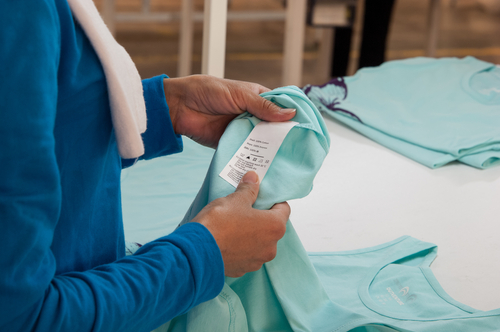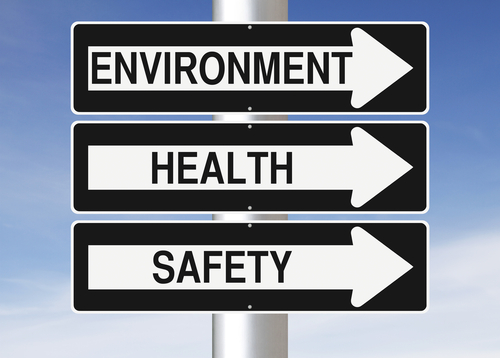Following is an overview of the new Regulation. Please reference the Regulation for full details.
Mandatory labeling information for textile products to be sold in MERCOSUR countries:
A. Name or business name or trademark registered in the country of consumption, and tax identification of the national manufacturer or importer (or whoever imposes its exclusive trademark or company name, or who holds a license to use a trademark).
B. Country of origin, preceded by the words: "Hecho en" (Made in) or "Fabricado en" (Manufactured in) or “Industria” (Industry) followed by the name of the country of origin. Designations of economic blocks or by country flags are not acceptable.
C. Name of textile fibers or filaments with their content indicated as a percentage by mass. (The generic names of textile fibers and filaments are listed in Appendix A of the Regulation.)
- Tolerances: For Pure product or fiber claim listing a single fiber (100%), a maximum tolerance of 2% is allowed for unavoidable contamination. For blended materials, (more than one component) a tolerance of 3% is allowed for each fiber separately. The tolerance is the difference between the claimed percentage and those determined by fiber analysis.
- When a fiber is present in less than 5%, the fiber may be indicated as "OTHER FIBER" or "OTHER FIBERS", immediately preceded by its percentage.
- Sectional disclosure should be used when labeling textile products which are composed of two or more parts with different contents.
- Supports, reinforcements, interlinings, binding and joining yarns, selvedges, labels, applications, trim, embroidered edges, buttons, pockets, shoulder pads, fillings, elastic, accessories and non-elastic tapes do not need to be included in the content label.
- Two or more textile products that are sold as a set and have the same content, may indicate the mandatory information on only one part of the set.
D. Care instructions.
- Care label must be in accordance with NM ISO 3758: 2013. It may be indicated by symbols or texts or both. The following processes must be included: washing, bleaching, drying, ironing and professional textile care, which must be presented in that order.
- Care symbols should be in an imaginary square of at least 16 mm2 area, and be of equal prominence, easily legible and clearly visible. The additional symbols with St. Andrew’s Cross (X), which is used to indicate a process that cannot be used on the product, will not be taken into consideration in the size of the symbol (should not be part of the imaginary square).
E) Size or dimension, as appropriate for the product.
Additional Notes:
- The mandatory information may be indicated on labels, stamps, stickers, or similar and must be indelible and permanently fixed.
- The lettering used for the mandatory information, both on the product and in the packaging, must have equal prominence, must be easily legible, clearly visible and be indelible. Letter height must not be less than 2 mm.
- Labeling must be in the national language of the country of consumption, without prejudice to other languages which may also be included.
- Appendix A of the regulation lists the “Designation and Description of Textile Fibers and Textile filaments” (generic fiber names).
- Appendix B lists the Products that are exempt from the Regulation.
Effective Dates:
Twelve (12) months, after the date of publication of this Ordinance, manufacturers and importers must manufacture or import, only textile products that are in accordance with this Ordinance.
For Full details of the Regulation, including the Appendices, please reference the following:
http://www.inmetro.gov.br/legislacao/rtac/pdf/RTAC002583.pdf
http://www.inmetro.gov.br/legislacao/detalhe.asp?seq_classe=1&seq_ato=2583








